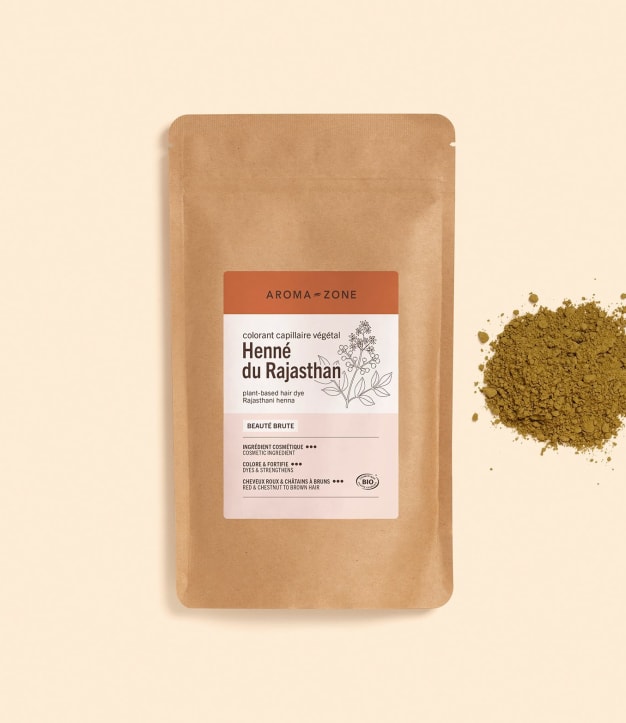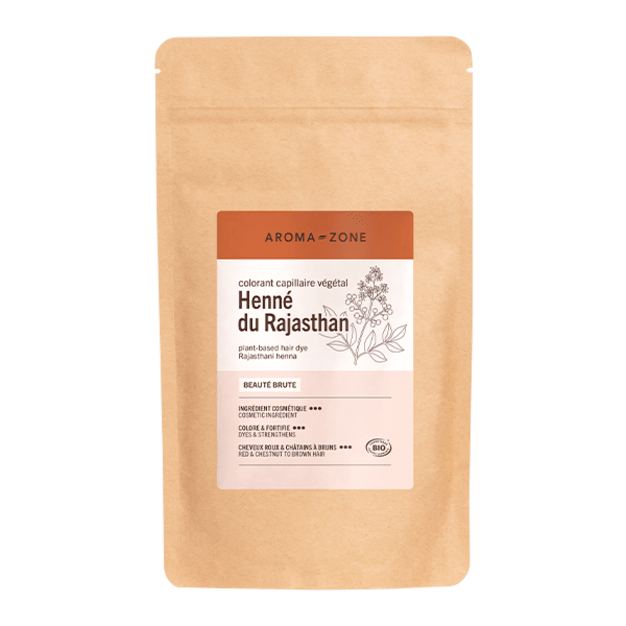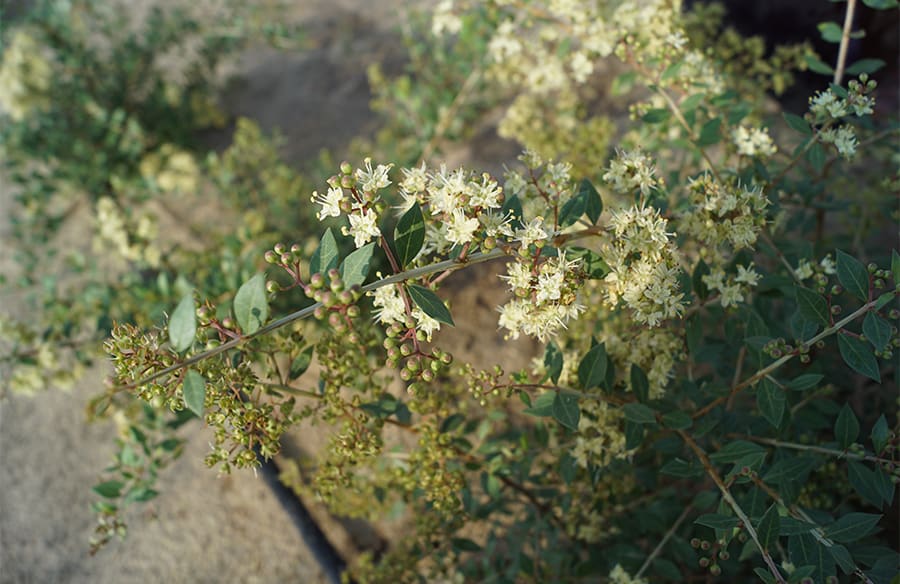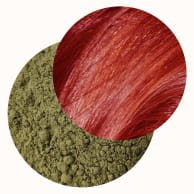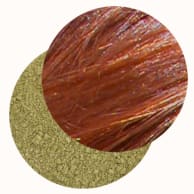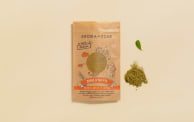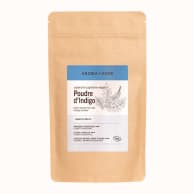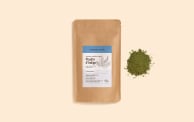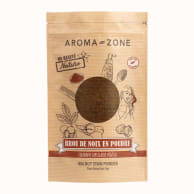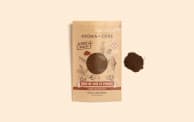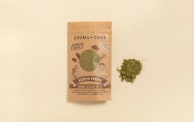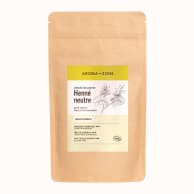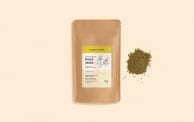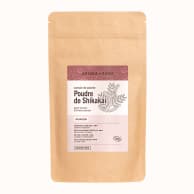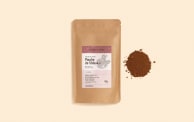Our commitments



Culture
100% of the total ingredients come from organic farming.
COSMOS ORGANIC certified by Ecocert Greenlife according to the COSMOS standard available at http://COSMOS.ecocert.com
Quality
100% pure and natural, pure plant (natural henna), no additives.
Production process
Natural henna leaves are dried and then ground to a fine powder.
Part of the plant used
Leaves
Function
Ingredient for plant-based hair dye
Country of origin
India
INCI name
Lawsonia inermis
Particle size
The fine granulometry of this powder makes it easy to make and apply the paste, ensuring that the henna adheres well to the hair for easy application and optimised results.
Presentation
Very fine, green powder with a scent of dried grass, packaged in a zipped bag.
Main active ingredients
Lawsone (orange-red pigment).
